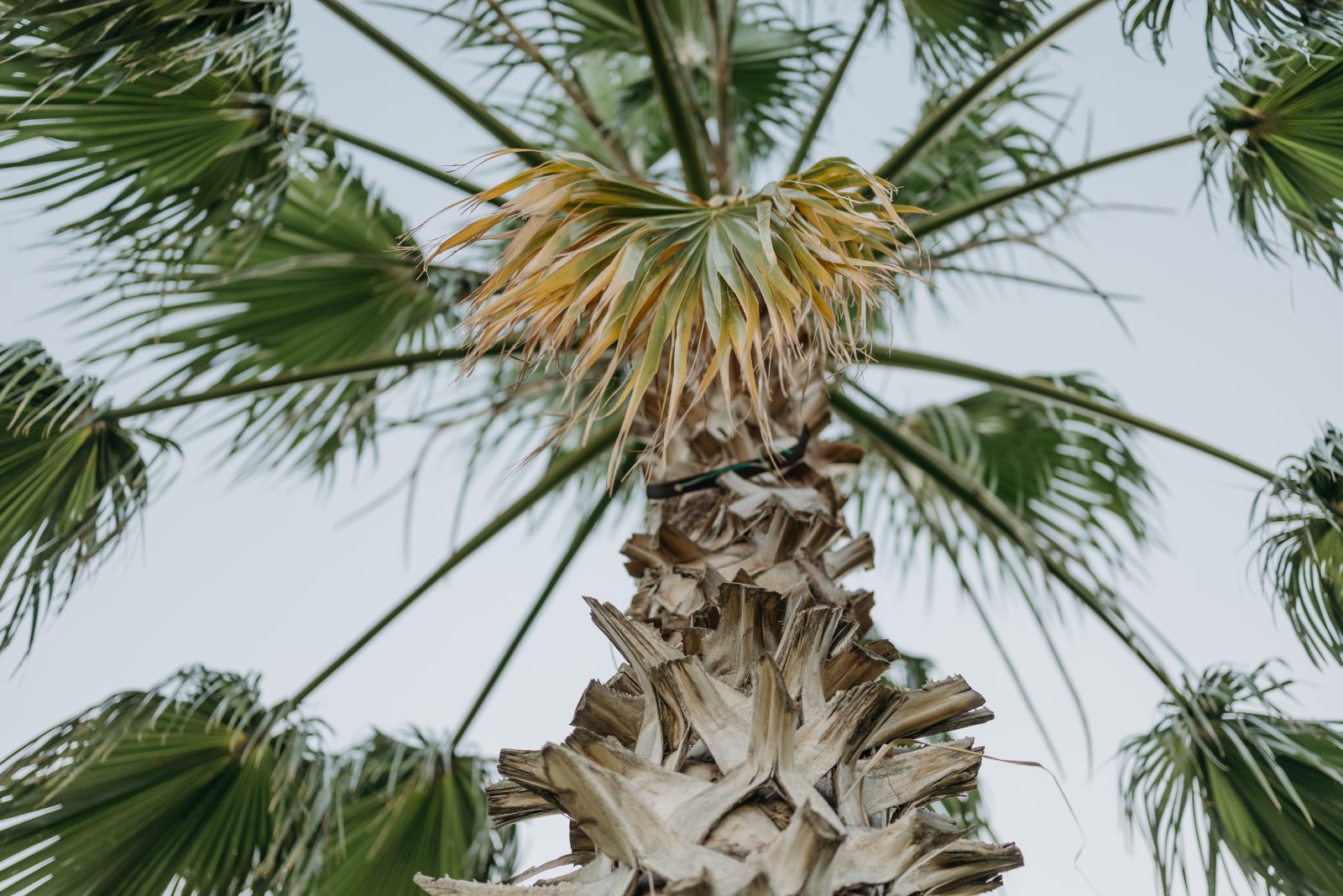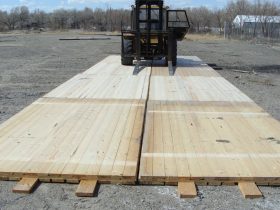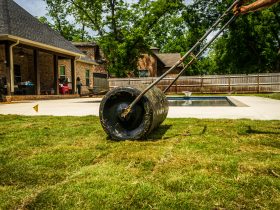Do you know some trees can live for 50 years or more if well maintained? Unfortunately, many trees die or get spoiled by animals, weather conditions, insects, or diseases before reaching their full potential.
Age
Trees are just like people. They become prone to certain illnesses as they age. Older trees may die, dry out, or become brittle depending on the weather conditions, or small cracks.
Trenching And Change In Soil Grade
Trenching near a tree kills the main roots. If possible, use tunneling and leave 18 inches of soil untouched. While cutting tree roots, do so carefully because ripping or tearing roots will leave large open wounds, preventing new root formation. Changes in soil grade can harm trees because 90% of tree roots are in the top 18 inches of the soil.
Lack Of Water
Browning needles on your trees is the first sign of drought damage. During winters, the earth is dry because of the lower moisture content in the air and soil. Prevent winter drying/burn by properly mulching and watering trees regularly.
Insects Damage
Insects cause various wounds to trees. Some pierce the stems and branches, while others eat the leaves or young shoots. Inspect your trees for insect damage. If you notice any damage, properly identify the cause and apply the necessary control measures.
Poor Maintenance
Regular tree maintenance is the key defense against tree damage. Ensure that you water your trees regularly, prune them correctly, and fertilize them accordingly. Check for plant health care services online or consult experts.
Animal Damages
Animals and rodents such as rabbits, mice, deer, and squirrels usually feed on tree bark during winter when food is scarce—mice like feeding on trees surrounded by weeds, or long grass. If you notice this problem, wrap the lower branches and trunk with hardware cloth or mesh wire or look for ways to eliminate rodents in your yard.
Yard Equipment
If you carelessly use mowers, weed whips, and other yard equipment, they can harm trees. The injuries harm vital vascular tissue beneath the bark, causing decay and death. Take care when digging close to the trunk to avoid cutting large and small roots.
Heavy Ice And Snow
Ice and snow accumulation is common winter damage. This is because tree branches hold on to snow, leading to broken branches or limbs. If possible, you can remove snowfall before it freezes and let the ice melt naturally. However, if a branch breaks off, it’s important to call for tree removal Charlotte, NC, rather than try to remove it yourself.
Freezing And Low Temperatures
Trees have a natural tolerance to cold temperatures, but if the temperatures fall below the normal zone, they may not survive. Even the healthiest trees can be harmed by freezing temperatures—plant trees with minimum hardiness in protected areas such as the courtyard.
Damaged trees can cause damage to people or property if left unattended. Some tree damage can be prevented, while others may be hard to control. If damage occurs, consult a specialist to inspect the tree and cut the dead branches.








Leave a Reply